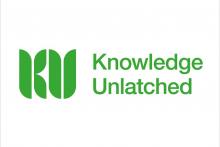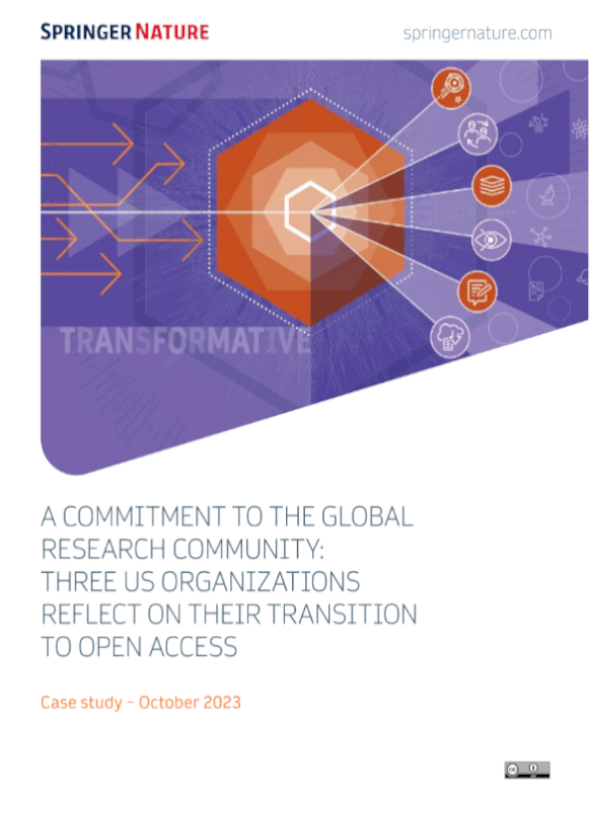Knowledge Unlatched shares results of 2023 pledging round

Knowledge Unlatched (KU) has shared the results of its 2023 pledging round, which saw hundreds of institutions pledge support for open access (OA) book and journal collections offered by KU and its publishing partners. Overall, about 269 books will be made available OA in 2024. In addition, KU will support the publication of 700 peer-reviewed blog posts. KU’s 2023 library crowdfunding efforts also contributed to the sustainability of about 50 journals thanks to the successful continuation of four Subscribe-to-Open (S2O) partnerships.



